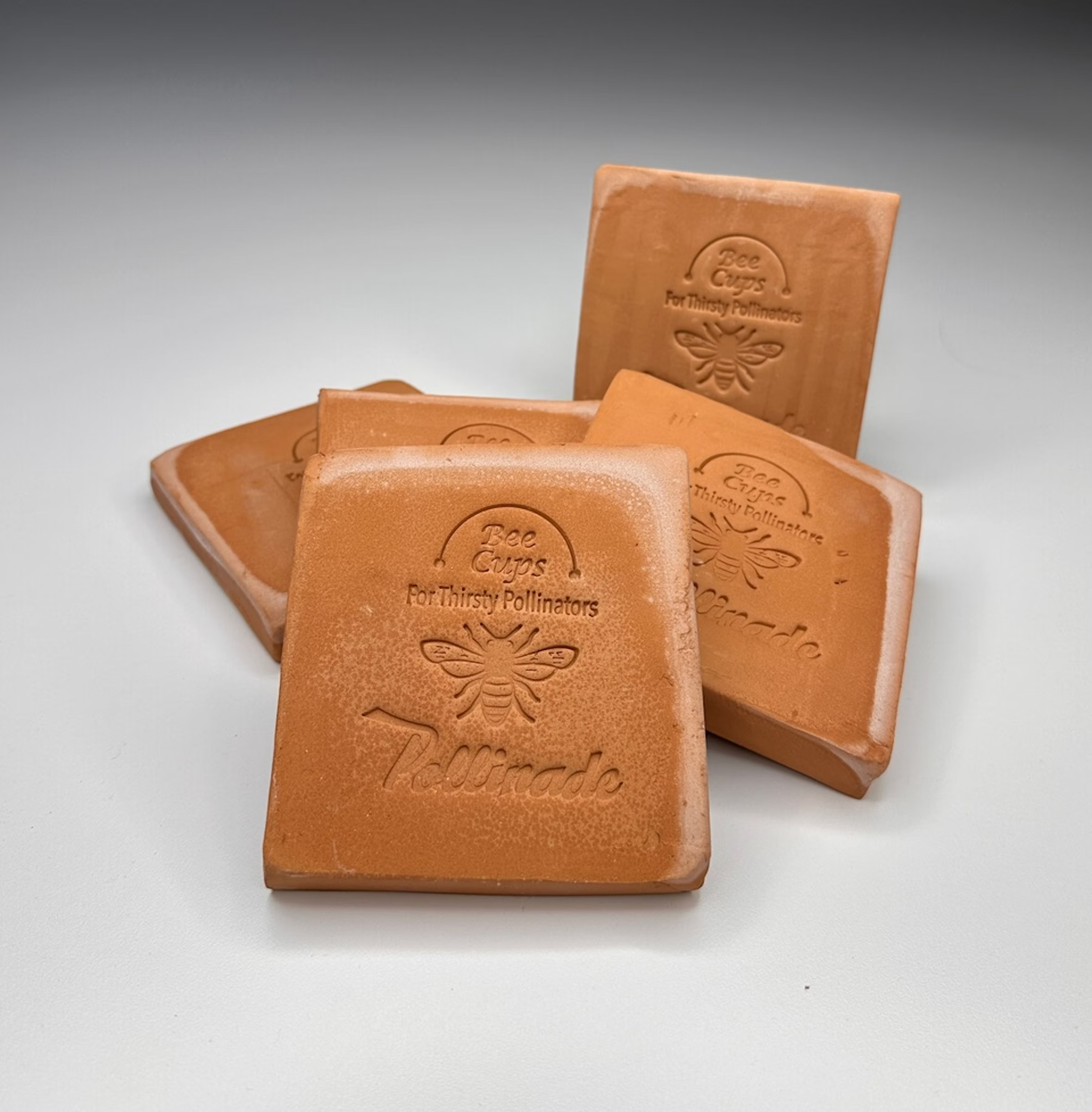Struggling With Garden Pests? Here’s Why You Need To Attract Birds That Eat Bugs – Plus, 3 Ways To Support Bug-Loving Birdies
For anyone struggling with bugs in the backyard, knowing how to attract birds that eat bugs is a great way to implement effective pest controls while enjoying the view!
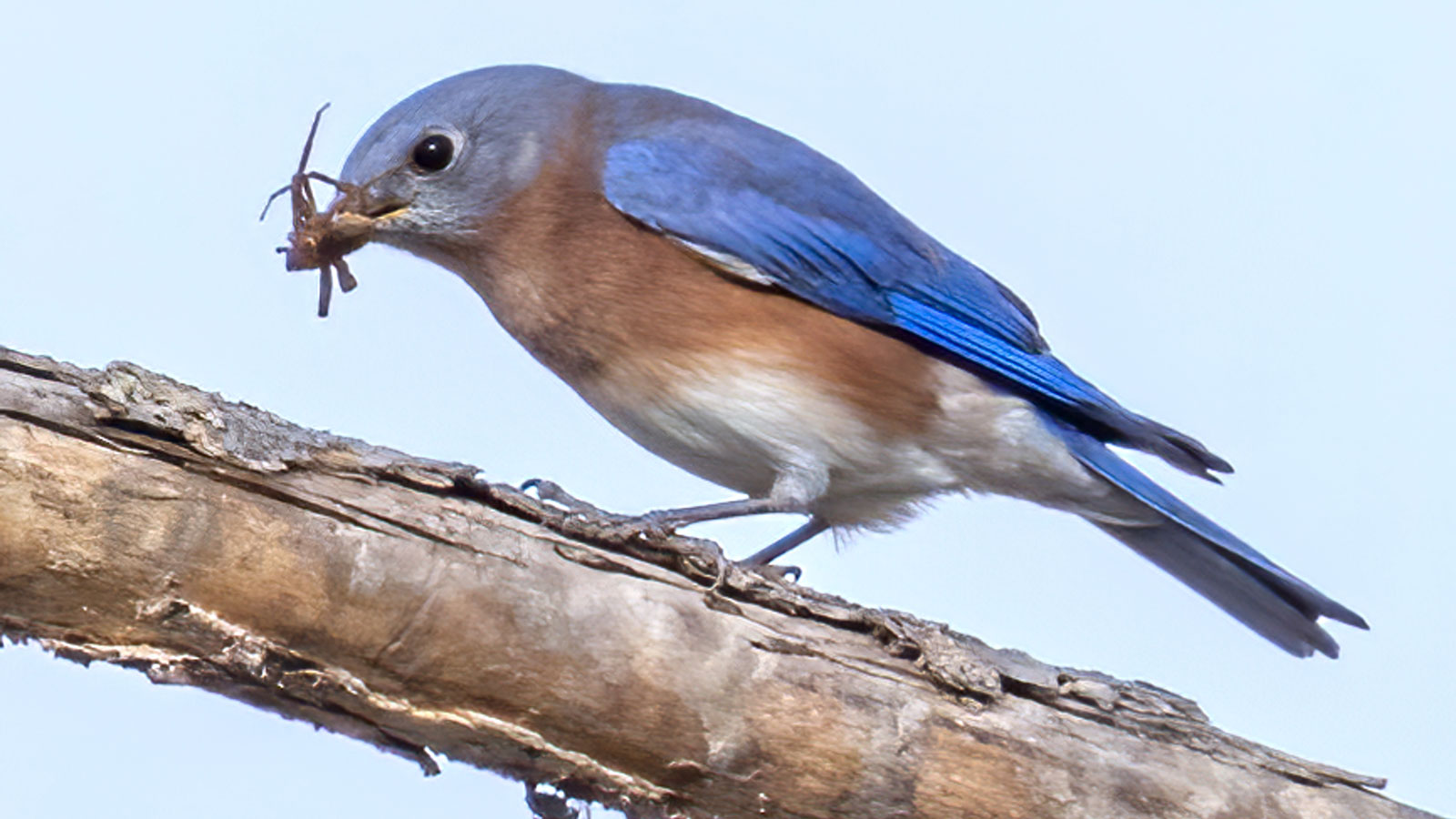

The presence of birds in yards is generally beneficial. Native species play a vital role in the backyard ecosystem, feeding on and dispersing seed – and they also lift our spirits with their song and play. However, there is another benefit. For anyone who has cursed the presence of bugs on their ripening crops and developing ornamentals, listen up – there are quite a few common birds that eat bugs.
Many bird species also help to control troublesome pests, routinely eating insects that frequent flower patches and edible beds. So what bugs do birds eat, which birds are most likely to appear in your yard, and how can you help attract these birds to help control pest numbers? Here, we'll look at the most common birds that eat bugs, where they catch bugs in gardens, and how to encourage even more bug-eating birds to help cultivate a thriving growing space.
Bug-Eating Birds That Come to Your Yard
Most birds will feed on insects at some point in their lives. While some feed exclusively on bugs through adulthood, most will have relied on insects as a hatchling. You can see how getting birds flocking to your yard could help you tackle your garden bug problems! Species of birds that eat bugs can be identified as both migratory and year-round garden residents, all seeking their next meal. This list is extensive, but here are a few of the most common birds that eat bugs:
- Cardinals: Cardinals are common throughout much of the Eastern United States. Though this bird is frequently spotted at feeders, they also feed on insects. Beetles, caterpillars and crickets are a staple of the cardinal's diet.

- Flycatchers: True to their name, flycatchers feed on a variety of insects. These small birds are found mostly in wooded and secluded areas filled with trees, where they feed on flies, wasps and spiders.
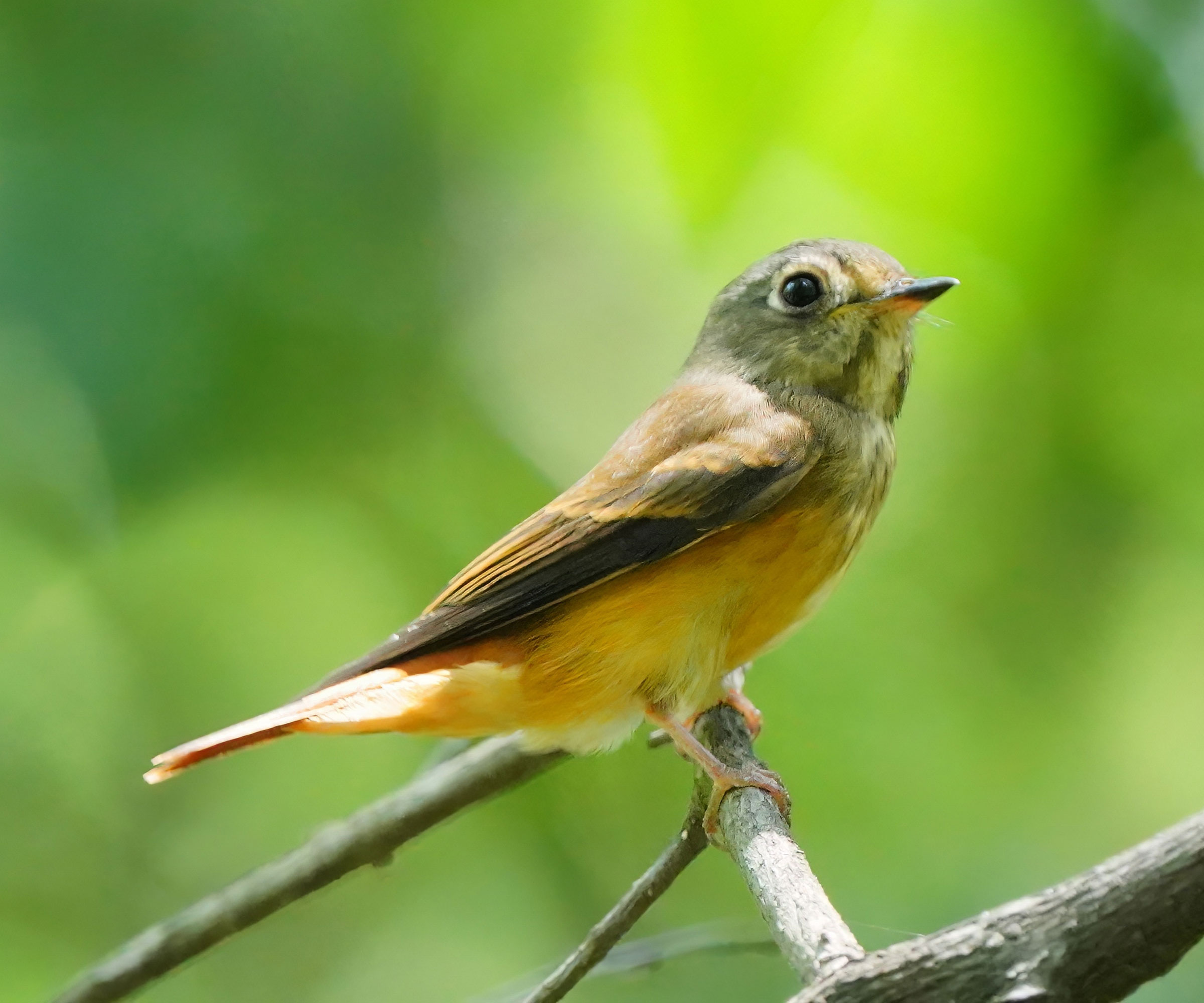
- Warblers: Warblers are beloved for their variety. Spring migration brings large numbers of the bird to backyards. During this time, they are likely to feed on aphids, whiteflies, beetles and a variety of other insect species.
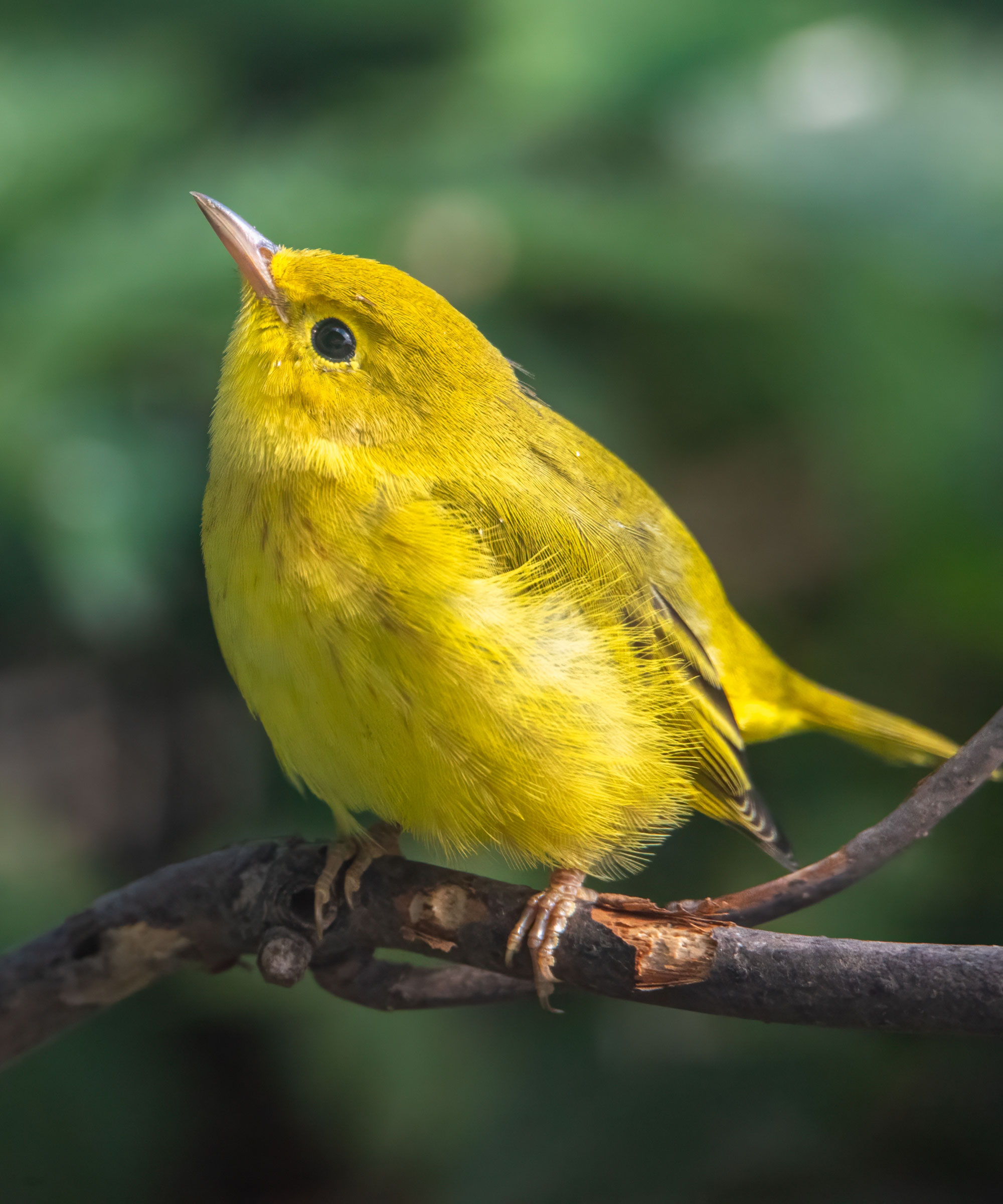
Why and How to Attract Bug-Eating Birds
As gardeners, we tend to focus on how to reduce common garden pests and bugs, but it’s worth bearing in mind that the presence of insects can be a good indicator of garden health. Let’s not forget that many insect species are beneficial, aiding in pollination and feeding on troublesome pests.
Still, bugs which cause harm can have a dramatic impact. Birds that feed on bugs can help to balance these numbers, aiding in the growth of established plants. There have been recent declines in insect numbers, impacting bird feeding out in the wild. So anything you can do to help birds feeding on bugs in yards and growing spaces can only be a good thing!
Say you are dedicated to creating a bird sanctuary that can cater to the needs of bug-eating visitors. If you are wondering how to attract bug-eating birds, it’s important to know the main types of bug feeding likely to occur in your backyard. That way, you can be sure you are covering all the bases.
1. Support Birds That Catch Bugs While Flying
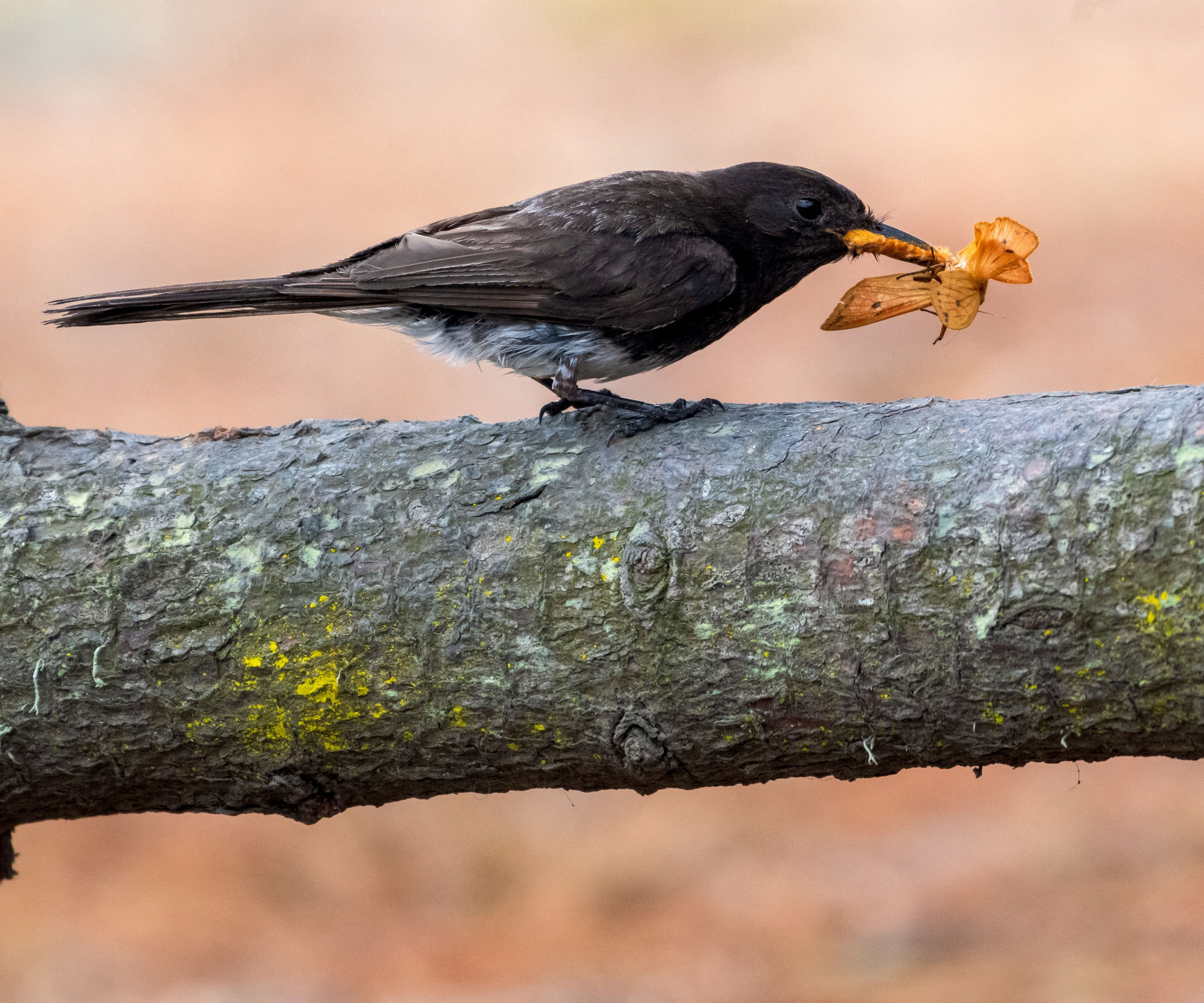
Some birds that visit gardens will catch bugs while they are flying. These birds are called aerial insectivores. Many of these species feed through the day, but a few can be seen at night. Cultivating more naturalized spaces is the best way to meet the needs of such birds. Sheltered locations, in the form of mature trees and dense foliage, can also help to draw these unique species to backyard gardens.
Common aerial bug-eating species will include various types of swallow, nighthawk, phoebe and flycatcher. If you are looking for ideas on how to reduce bugs in the backyard and need to encourage aerial insectivores, there are a couple of great trees worth making some room for. Growing a silver birch tree is a great choice for encouraging these birds, as it invites a broad range of insect species. You’ll find that oak trees are also a reliable source of bugs like caterpillars, which flycatchers love.
Sign up for the Gardening Know How newsletter today and receive a free copy of our e-book "How to Grow Delicious Tomatoes".
2. Help Tree-Dwelling Bug-Eating Birds
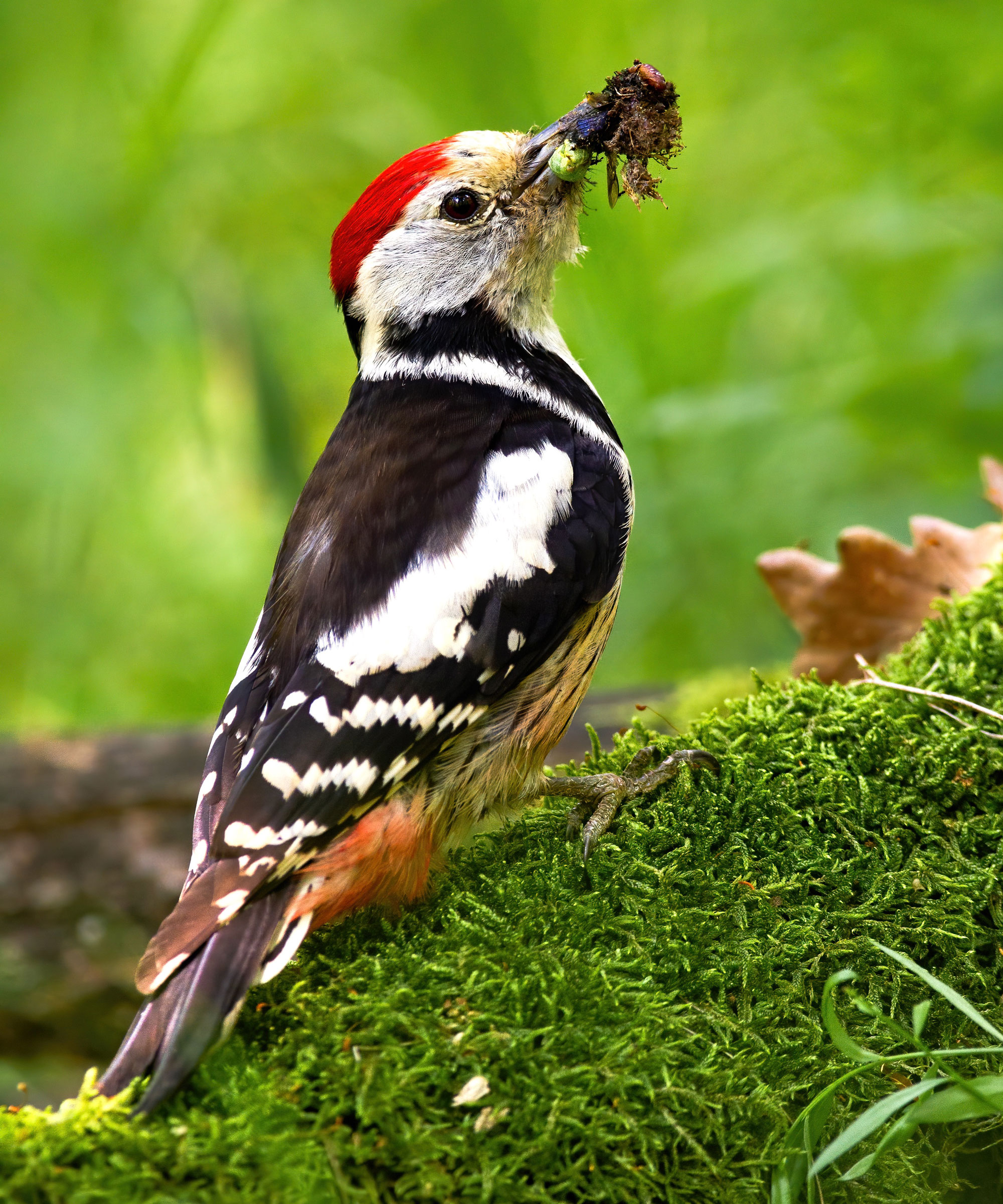
Many insect-eating species live in trees. Woodpeckers, bluebirds and a number of others will actively seek large, established trees. There, they will make their home and feed. Grubs, ants and wood-boring insects are the most common in their diet. If you want to attract and supplement species of this type, try offering up some suet or mealworms in feeders.
You can pick up bags of mealworms like Pennington Mealworms from Walmart which are an amazing supplementary food source for eastern bluebirds and woodpeckers, as well as chickadees and nuthatches. A dedicated suet feeder such as Nature’s Way Tail-Prop Feeder from Amazon.com is a great additional food resource for enticing woodpeckers and help to support their larger frames and feeding styles.
3. Assist Birds That Forage for Bugs on the Ground
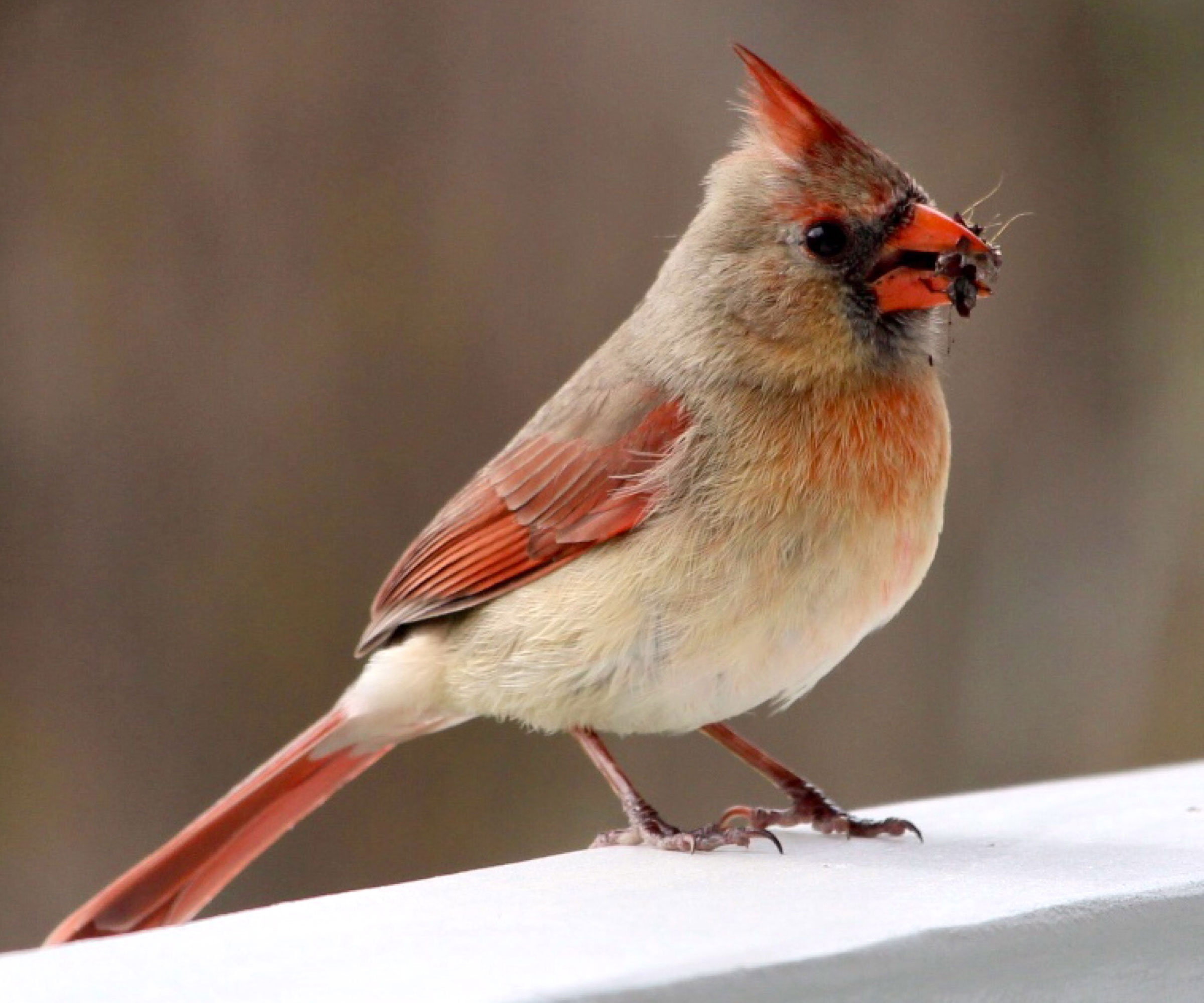
Many bird-loving gardeners will be familiar with species that feed on the ground. Cardinals, robins and blue jays are some of the most common to frequent a backyard. Birds scavenge the soil, plucking eggs, larvae and adult insects from beds.
You can most help birds of this type by allowing grass to grow more freely and avoiding the use of herbicides and/or pesticides. Giving any areas of grass a regular application of feed will help accelerate grass growth. Try a fertilizer like Scotts Green Max Lawn Food from Walmart to encourage more foraging birds to feed safely.
Other Ways to Help Bug Eating Birds
The best way to attract birds is to ensure that their needs are met. Food, water, and shelter will be of key importance. Careful research in regard to specific species can create a more suitable backyard habitat.
This will include supplemental sources of food, such as feeders, and the use of bird baths and fountains. Naturalized spaces, as well as established formal beds, will further help to shelter and protect bug-eating species.
Frequently Asked Questions
What are the most common bug eating birds?
The most common bug-eating species will vary throughout the United States. Robins, which feed predominantly on worms and beetles, are amongst the most prevalent. As a ground-feeder, they are also some of the easiest to spot and identify.
Do certain plants attract more bugs?
Plant type can greatly impact insect numbers. Those that are especially fragrant can either attract or deter bugs. The same can be linked to their production of nectar and pollen. Culture within beds may also affect numbers of insects. Excessively damp or fetid conditions are most conducive to pests.
Will garden birds eat stink bugs?
A number of backyard bird species feed on stink bugs. Chief amongst these birds are cardinals, bluebirds and titmice. Other birds that are known to feed on stink bugs are Caroline wrens and northern mockingbirds.
Interested in more ideas for bird-friendly gardening and expert advice delivered straight to your inbox? Sign up for the free Gardening Know How Newsletter!
This article features products available from third party vendors on the Gardening Know How Shop. Keep in mind that our plant inventory is limited - so if you’re thinking of purchasing, don’t wait!
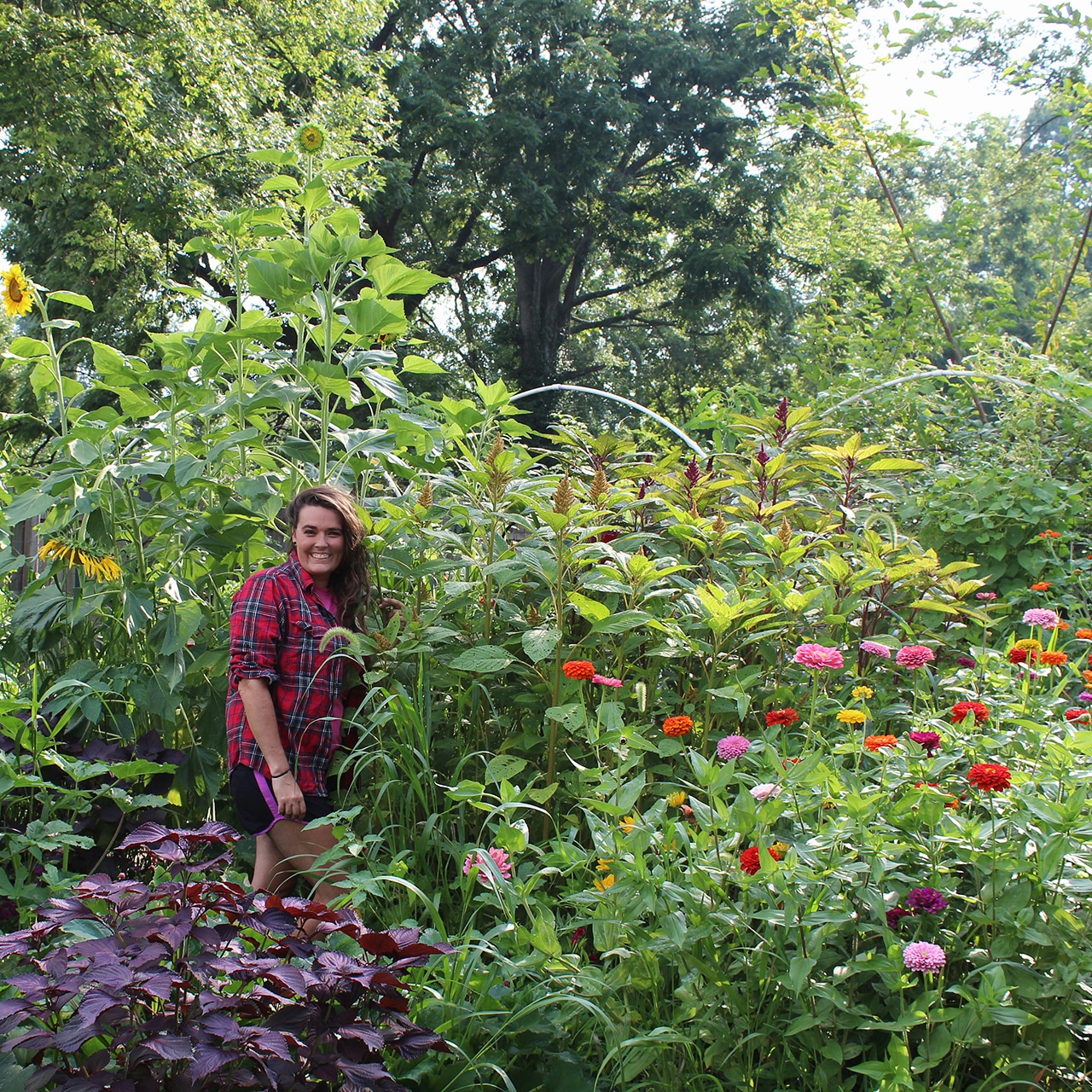
Tonya Barnett has been gardening for 13 years. Flowers are her passion. She has transformed her backyard into a cut flower garden, which she regularly chronicles on her YouTube channel http://www.youtube.com/@tonyawiththeflowers.
